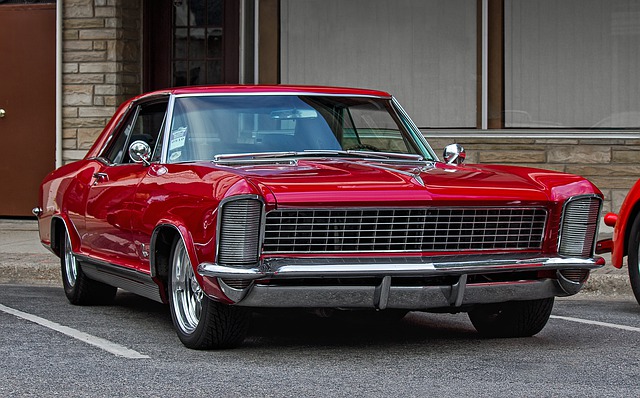Introduction
When a car seat is involved in an accident, it is crucial to dispose of it properly to ensure the safety of future users. In this article, we will explore the steps and options for disposing of a car seat after an accident, considering both environmental and safety concerns.
Check for Damage
Before deciding how to dispose of a car seat after an accident, it is essential to assess the extent of the damage. Inspect the seat thoroughly, looking for any visible signs of damage such as cracks, dents, or broken parts. Pay close attention to the structural integrity of the seat, as any compromise in its design can affect its ability to protect a child in future accidents.
Manufacturer’s Guidelines
Consult the manufacturer’s guidelines: Each car seat manufacturer may have specific instructions for disposing of their products after an accident. These guidelines may be available in the user manual or on the manufacturer’s website. Following the manufacturer’s recommendations ensures that you are disposing of the car seat in a way that aligns with their safety standards.
Recycling Programs
Check local recycling programs: Many communities have recycling programs that accept car seats. Research local recycling centers or waste management facilities to find out if they accept car seats for recycling. Some programs may have specific requirements, such as removing the fabric or cutting the straps, so be sure to follow their instructions.
Trade-In Programs
Consider trade-in programs: Some retailers or manufacturers offer trade-in programs for old or damaged car seats. These programs allow you to exchange your old seat for a discount on a new one. This option not only ensures proper disposal of the old seat but also encourages the use of new, up-to-date safety features.
Donation
Donate if possible: If the car seat is still in good condition and has not expired, consider donating it to a local organization or charity. Many organizations accept gently used car seats and distribute them to families in need. However, it is essential to ensure that the seat has not been involved in an accident that may have compromised its safety.
Disassembling and Disposal
Disassemble the car seat: If none of the above options are available or suitable, you may need to disassemble the car seat before disposing of it. Remove any fabric, padding, and harness straps from the seat. Cut the straps to prevent anyone from reusing them. Separate the plastic components from the metal parts, as they may need to be disposed of differently.
Proper disposal methods: Once disassembled, check with your local waste management facility or municipality to determine the appropriate disposal method for each component. Plastic parts may be recyclable, while metal components can often be disposed of as regular household waste. Be sure to follow any specific instructions provided by your local authorities.
Conclusion
Disposing of a car seat after an accident requires careful consideration to ensure both safety and environmental responsibility. Checking for damage, consulting manufacturer guidelines, exploring recycling and trade-in programs, donating if possible, and properly disassembling and disposing of the seat are all important steps to take. By following these guidelines, you can ensure that the car seat is disposed of in a way that minimizes risks and maximizes sustainability.
References
– www.safekids.org
– www.nhtsa.gov
– www.recycleacarseat.org












